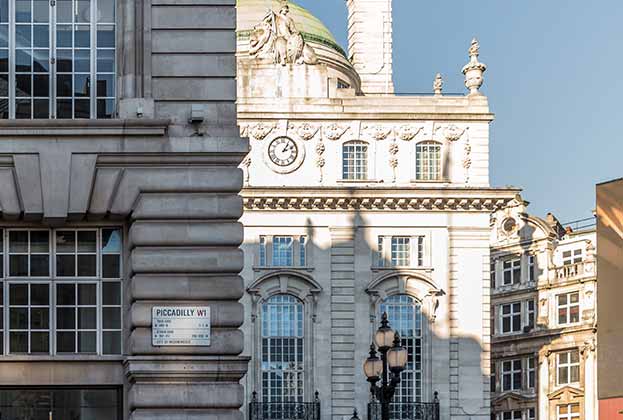As well as being a genuine question we are asking ourselves this year, the title of this blog may ring bells for those who remember the 1997 General Election and the Labour Party landslide. For those who don’t, it was the Party’s election anthem. With Labour currently favourite to take power when the election is called, could politics be one of the major factors impacting UK commercial real estate this year?
Commercial property is likely to be less affected by policy changes brought about by a change in the ruling party compared to other real estate sectors, so a new Government itself is unlikely to bring ‘better’. Indeed, our analysis suggests that transactional activity tracks generally below average in the three months before UK general elections, before recovering in the following six months – not uplifting news given the low volumes seen in 2023, but not an insurmountable obstacle.
The more interesting political headwinds will come in November: with North American investors big players in the UK, their own Presidential election will influence investor confidence, although whatever the outcome we’ve found little evidence that US political change materially affects American real estate investors’ decisions overseas.
Putting politics (and niche 1990s pop hits) aside to return to the question: will things get better for UK commercial property this year? The factors that drove collapsing values and confidence in the last 24 months – notably high inflation and interest rates - will improve, but there’ll be some new (and old) hurdles.
While we expect borrowing costs to fall, they won’t return to the previous ‘normal’, keeping prime yields under 2019 levels, and putting the onus on finding above-average rental growth. Even in sub-sectors that can deliver this growth, it may not convince some investors to return when other geographies still offer falling values and distress.
2024 should, however, be the year when investors stop making sector-wide judgements. Out-performing the market will hinge on forensic selection based on traditional asset-specific basics, most apparently in the office market. 12 months ago we predicted UK prime office rental growth. Now we know this averaged 4.2 per cent per annum over the post-Covid period. Further good rental prospects (especially in the undersupplied areas of prime and green offices in major cities), cooling inflation, and falling borrowing costs will make some office development schemes viable, leading to development and refurbishment starts increasing in 2024. Value-add investor demand will deepen to capitalise on this, although larger projects will still be challenged by institutional caution. But problems where tenant demand has changed, or where an office landlord has underinvested to stave off technical obsolescence, will not disappear. We will also see some lenders being more forceful, generating some motivated discounted sales.
Some pressures on consumers will diminish in 2024, but many high prices will persist, and higher borrowing costs will impact on household finances and therefore retail spending. Many retailers will benefit from rebased rents and rates, but also the pain of higher operational costs. Some cautious expansion of retail footprints is expected, further aiding the reduction in vacancy rates begun in 2023. Opportunistic investors will continue to be attracted to parts of retail by the high yields offered, as well as the medium term capital growth that could come from change of use. While retail investment volumes won’t surge in 2024, prime yield hardening in some sectors and locations is expected, both in 2024 and 2025.
Weighting towards logistics and life sciences investment has risen in 2024. Both offer an attractive mix of structural change driven demand, restrained supply, and strong rental growth prospects to income-focused investors. The sheer weight of money targeted at these sectors implies prices will rise in 2024, but raises the risk of over-exuberant growth thereafter. Nonetheless, with annual rental growth prospects very positive, the rationale for buying these sectors while they are comparatively cheap remains compelling.
Overall therefore, things are likely to be better for UK commercial real estate this year, however it would be wise to pay close attention to sector-specific dynamics to ensure you have more of a ‘D:Ream’ of an investment year, instead of ending up with returns that share the name of their fellow 1990s chart toppers: ‘Wet Wet Wet’.
Further information
Contact Mat Oakley

.jpg)





.jpg)


